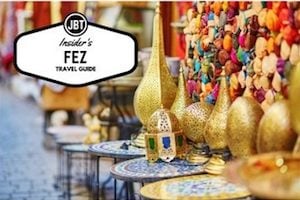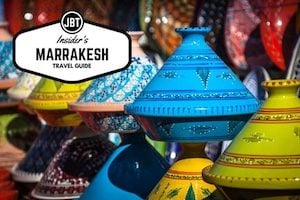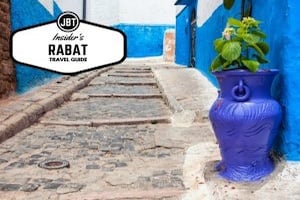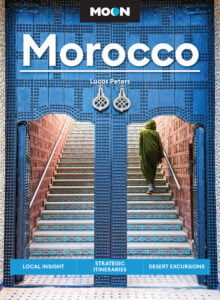 A visit to Marrakech, or indeed much of Morocco, can be a dizzying experience for the senses. Luckily, this city matches its outdoor street ambiance with indoor splendor. Marrakech has a wealth of museums, sure to satisfy an enthusiast and appeal to a novice. Several are attached to or contain gardens, making them ideal destinations when needing a respite from the sun or the souks.
A visit to Marrakech, or indeed much of Morocco, can be a dizzying experience for the senses. Luckily, this city matches its outdoor street ambiance with indoor splendor. Marrakech has a wealth of museums, sure to satisfy an enthusiast and appeal to a novice. Several are attached to or contain gardens, making them ideal destinations when needing a respite from the sun or the souks.
Palais Dar Si Said (Museum of Moroccan Arts) is a palace, museum and garden. More intimate than its neighbor the Bahia Palace, this 19th century home of Sidi Said (brother of Vizier Bou Ahmed) houses a sampling of Morocco’s native crafts, including an array of woodwork. Other prized exhibits are the ornate marble basin, unique in Moroccan arts for defying the Koran’s prohibition of artistic representations of living things. The palace courtyards are lush and quiet, with beautiful tile work, gazebos and fountains. The building itself is a work of art—don’t miss the carved cedar ceilings on the second floor. Many of the custodians are willing to guide you through the exhibits; ask nicely, and they may even show you the bedroom and courtyard of the harem, not normally open to the public. A tip for their help is reasonable.
Majorelle Garden and Islamic Art Museum is another Marrakech city oasis. Founded by the French artist Jacques Majorelle in the 1920s, it is now home to the ashes of designer Yves Saint Laurent. The gardens have species from five continents, which offer a soothing contrast to the stunning signature blue of its buildings. The museum collection is also geographically diverse, with pieces from across the Islamic world: Maghreb, the Orient, Africa and Asia.
With only a small sign above the door, Maison Tiskiwin is easy to miss. One of Marrakech’s quiet gems, this converted Riad house is owned by Bert Flint, a Dutch anthropologist who has been in Morocco for more than 50 years. His collection from the Folk Museum of Agadir is now housed here, as well as basket works, knives, carpets, fabrics, clothes and jewelry from different Moroccan regions, including the Berbers, as well as Morocco’s sub-Saharan neighbors.
Museum of Marrakech is well worth the combination admission ticket that includes nearby Ben Youseff Medresa and Koubba el Badiyin. The museum houses both modern and traditional Moroccan art and a collection of historical books, coins and pottery. However, since the descriptions are all in Arabic or French, your focus may turn to the building itself: the enormous chandelier, exquisite zellij tile work and the stunning covered courtyard. It is the ideal place to sit for a moment, inhale the aroma of your mint tea and imagine yourself in the world that was old Morocco.
Written by Erin Tolman.
Photo by vtveen.








